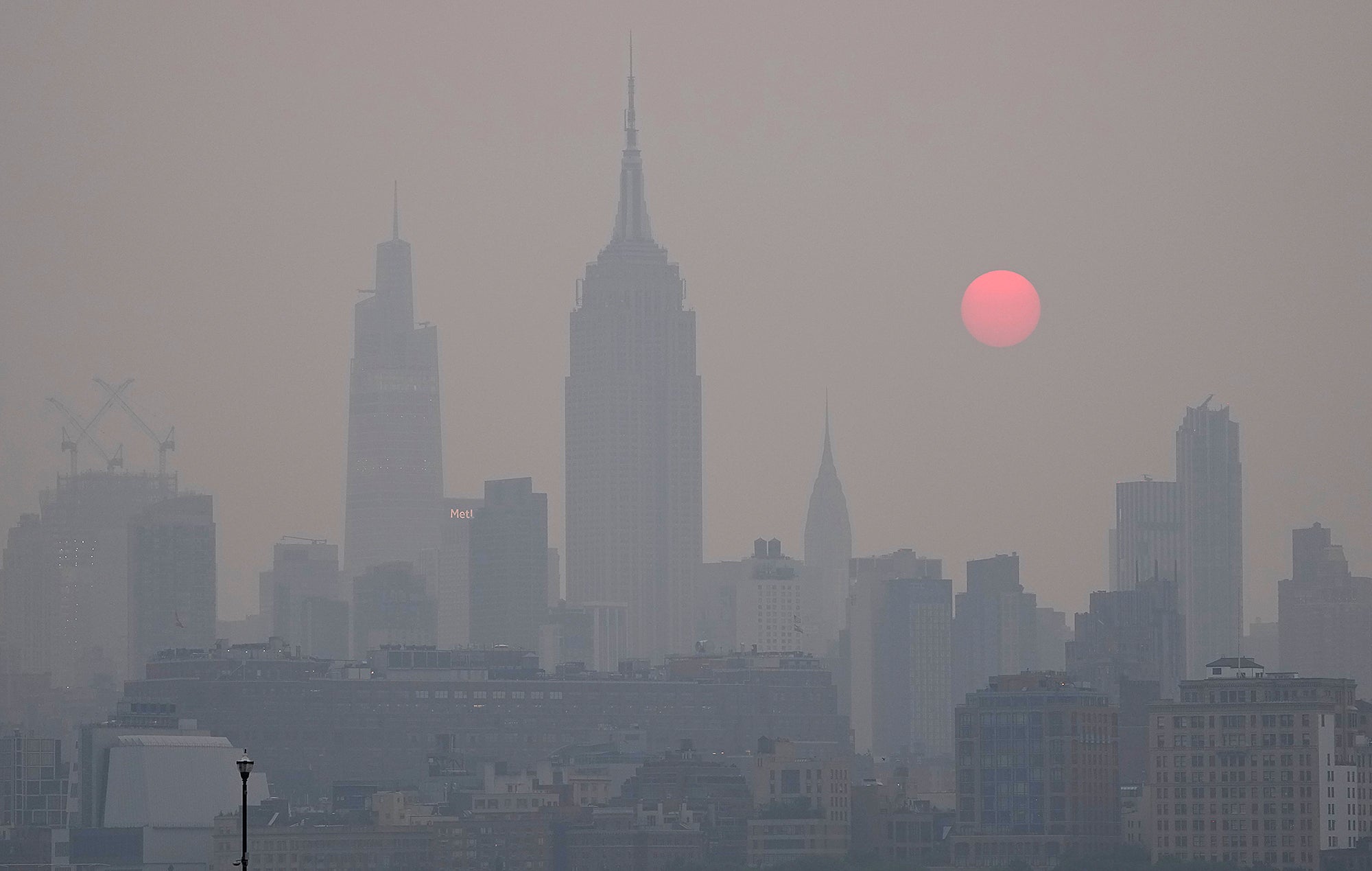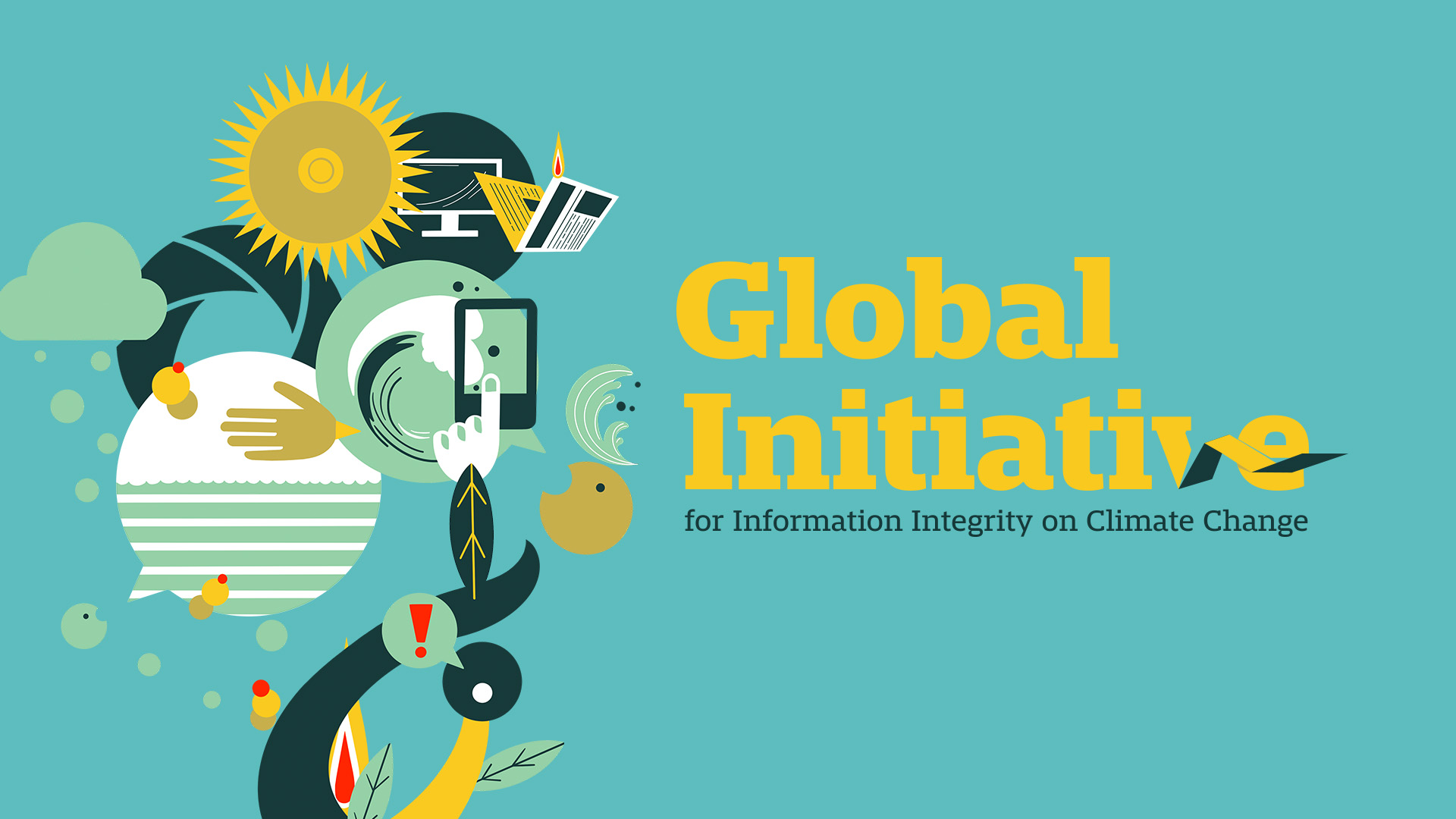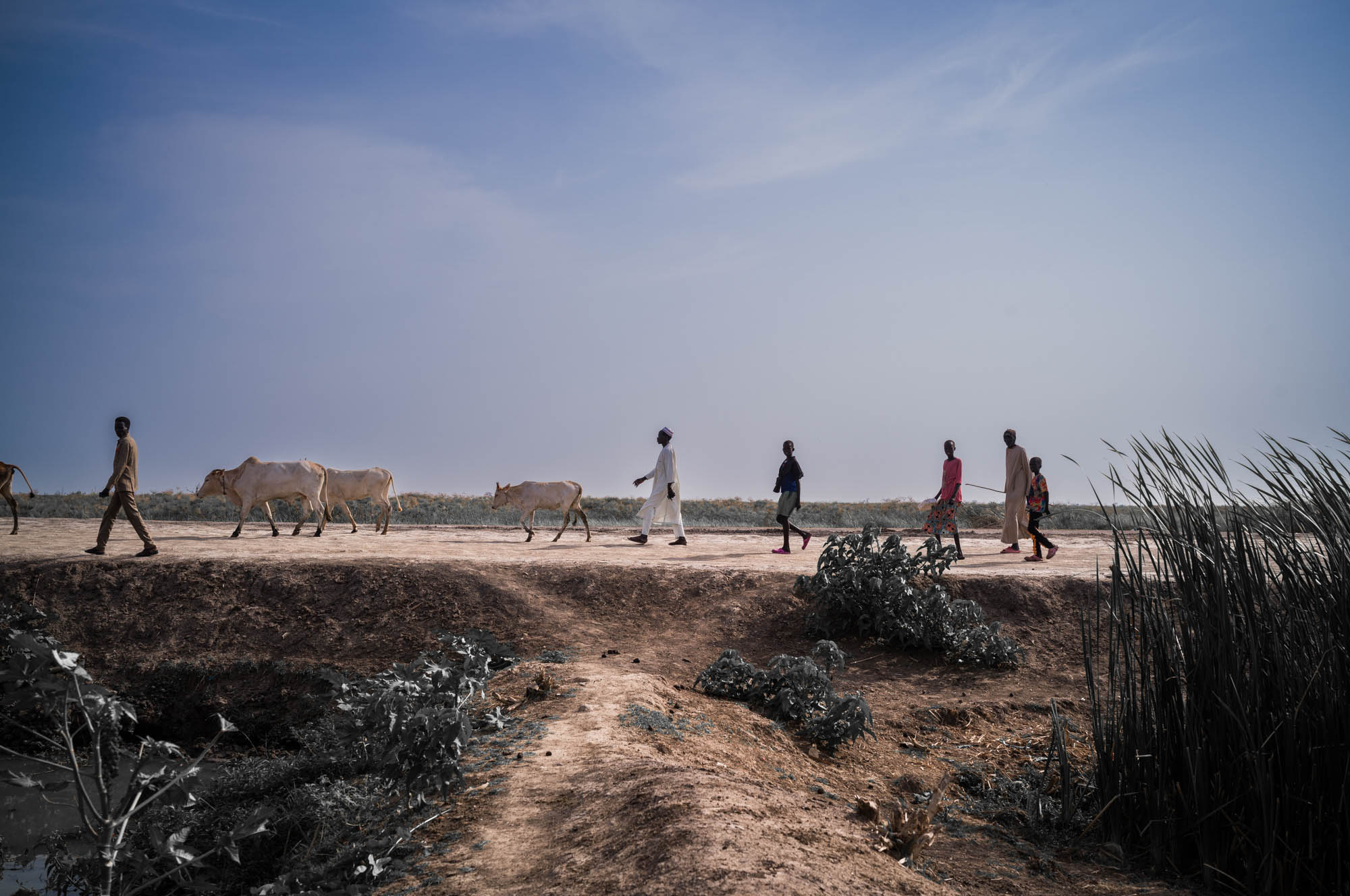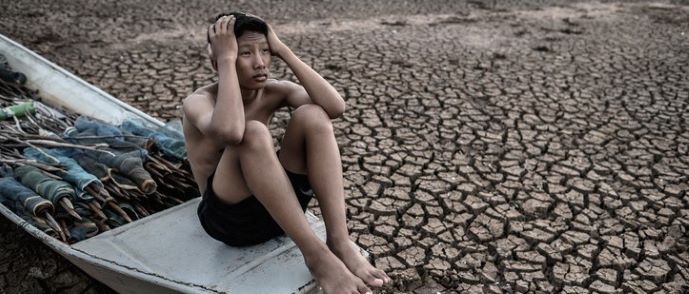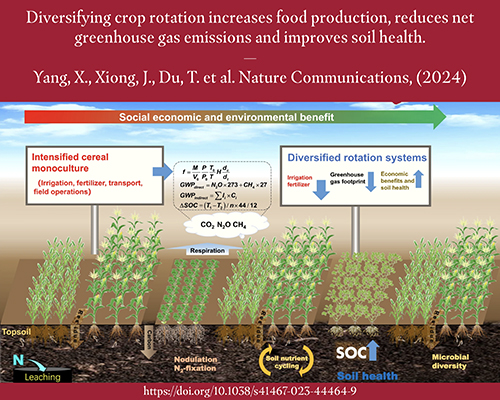Report on Climate Change Impacts and Linkages to Sustainable Development Goals
SDG 13: Climate Action – Observed Impacts on Weather Patterns
Recent climate data indicates significant disruptions to global weather systems, directly challenging the objectives of SDG 13 (Climate Action). Key observations include:
- A general trend of milder and shorter winters, counteracted by an increase in the frequency and intensity of extreme winter events such as severe snowstorms and record frosts.
- The warming atmosphere’s increased capacity to hold water vapor, which translates into heavier snowfall when temperatures drop.
- A measurable rise in the average global sea level of eight inches over the past 150 years, signaling profound changes in the Earth’s climate system.
Atmospheric Mechanisms and Polar Vortex Disruption
Scientific analysis points to specific mechanisms driving these extreme weather phenomena:
- Weakening of the Polar Vortex: The rapid warming of the Arctic is linked to a weakening of the jet stream. This destabilizes the polar vortex, which normally contains cold air over the Arctic region.
- Displacement of Cold Air: When the polar vortex bands break down, frigid Arctic air escapes and moves southward, resulting in severe winter conditions in more temperate latitudes.
Case Study: 2021 Texas Winter Storm and its Implications for the SDGs
The 2021 winter storm in Texas serves as a critical case study on the cascading failures that occur when infrastructure is not resilient to climate-related disasters, impacting multiple Sustainable Development Goals.
- SDG 7 (Affordable and Clean Energy) & SDG 11 (Sustainable Cities and Communities): The storm precipitated a massive failure of the region’s power grid.
- Nearly 4.5 million homes lost power as the energy supply was overwhelmed by icy conditions and extreme heating demands.
- This event exposed a critical lack of resilience in essential infrastructure, a key target for both SDG 7 and SDG 11.
- SDG 3 (Good Health and Well-being): The disaster had severe public health consequences, with reports of more than one hundred fatalities directly attributable to the storm and subsequent power outages.
- SDG 1 (No Poverty): The economic fallout was catastrophic, with estimated damages of $295 billion. Such economic shocks threaten to reverse development gains and increase poverty by devastating local economies and households.
1. Which SDGs are addressed or connected to the issues highlighted in the article?
The article discusses issues related to climate change, its impact on weather patterns, and the subsequent effects on human life and infrastructure. Based on this, the following Sustainable Development Goals (SDGs) are relevant:
- SDG 7: Affordable and Clean Energy: The article highlights a massive power failure in Texas, where “nearly 4.5 million homes” lost power due to extreme weather overwhelming the supply. This directly relates to the goal of ensuring reliable energy.
- SDG 9: Industry, Innovation and Infrastructure: The failure of the Texas power grid, which was “overwhelmed” by icy conditions and heating demands, points to a lack of resilient infrastructure, a key component of SDG 9.
- SDG 11: Sustainable Cities and Communities: The article describes a disaster event that caused widespread power outages, over a hundred deaths, and significant economic damage within a populated region, which connects to the goal of making human settlements safe, resilient, and sustainable.
- SDG 13: Climate Action: The entire article is framed around the consequences of climate change, from rising sea levels and warming temperatures to extreme weather events like the snowstorms in Texas. This is the central theme and directly addresses the need for urgent action to combat climate change and its impacts.
2. What specific targets under those SDGs can be identified based on the article’s content?
The article’s content points to several specific targets within the identified SDGs:
SDG 7: Affordable and Clean Energy
- Target 7.1: Ensure universal access to affordable, reliable and modern energy services. The failure of the power supply for “nearly 4.5 million homes” demonstrates a failure to provide reliable energy services during a critical time.
SDG 9: Industry, Innovation and Infrastructure
- Target 9.1: Develop quality, reliable, sustainable and resilient infrastructure… to support economic development and human well-being. The fact that the region’s power supply was “overwhelmed” by the storm indicates that the infrastructure was not resilient enough to handle climate-related hazards.
SDG 11: Sustainable Cities and Communities
- Target 11.5: Significantly reduce the number of deaths and the number of people affected and substantially decrease the direct economic losses… caused by disasters. The article explicitly mentions the consequences of the Texas storm disaster: “More than a hundred people died,” “nearly 4.5 million homes” were affected, and the storms caused “$295 billion in damage.”
SDG 13: Climate Action
- Target 13.1: Strengthen resilience and adaptive capacity to climate-related hazards and natural disasters in all countries. The events in Texas, where record-breaking snowstorms led to catastrophic failures, highlight a lack of resilience and adaptive capacity to the very climate-related hazards discussed in the article.
3. Are there any indicators mentioned or implied in the article that can be used to measure progress towards the identified targets?
Yes, the article provides specific data points that can serve as indicators to measure the impact of the disaster and, conversely, progress towards the targets.
Indicators for SDG 11 (Target 11.5) and SDG 13 (Target 13.1)
- Number of deaths attributed to disaster: The article states, “More than a hundred people died.” This is a direct measure for indicator 11.5.1 (Number of deaths, missing persons and directly affected persons attributed to disasters per 100,000 population).
- Number of people affected by disaster: The article mentions that power was knocked out for “nearly 4.5 million homes.” The people living in these homes are considered directly affected, which aligns with indicator 11.5.1.
- Direct economic loss from disaster: The article quantifies the financial impact, stating the storms “caused an estimated $295 billion in damage.” This directly corresponds to indicator 11.5.2 (Direct economic loss in relation to global GDP… caused by disasters).
Indicators for SDG 7 (Target 7.1)
- Proportion of population with access to electricity: While not framed as a standard progress metric, the article provides a negative indicator: the number of people who *lost* access to reliable electricity (“nearly 4.5 million homes”). This data point measures a failure to meet the target.
Indicators for SDG 9 (Target 9.1)
- Disruption of basic services due to disaster: The article’s description of the power supply being “overwhelmed” and knocking out power is a clear indicator of the disruption of a basic service (electricity) due to a lack of resilient infrastructure. The economic damage ($295 billion) is also an indicator of the cost of this infrastructure failure.
4. Table of SDGs, Targets, and Indicators
| SDGs | Targets | Indicators (Mentioned or Implied in the Article) |
|---|---|---|
| SDG 7: Affordable and Clean Energy | 7.1: Ensure universal access to affordable, reliable and modern energy services. | Number of homes that lost access to reliable electricity (“nearly 4.5 million homes”). |
| SDG 9: Industry, Innovation and Infrastructure | 9.1: Develop quality, reliable, sustainable and resilient infrastructure. | Failure of critical infrastructure (power supply “overwhelmed”); Economic damage resulting from infrastructure failure (“$295 billion in damage”). |
| SDG 11: Sustainable Cities and Communities | 11.5: Significantly reduce the number of deaths, people affected, and economic losses from disasters. | Number of deaths (“More than a hundred people died”); Number of people affected (occupants of “nearly 4.5 million homes”); Direct economic losses (“$295 billion in damage”). |
| SDG 13: Climate Action | 13.1: Strengthen resilience and adaptive capacity to climate-related hazards and natural disasters. | Number of deaths and people affected by a climate-related disaster; Economic losses from a climate-related disaster. |
Source: earthjustice.org
